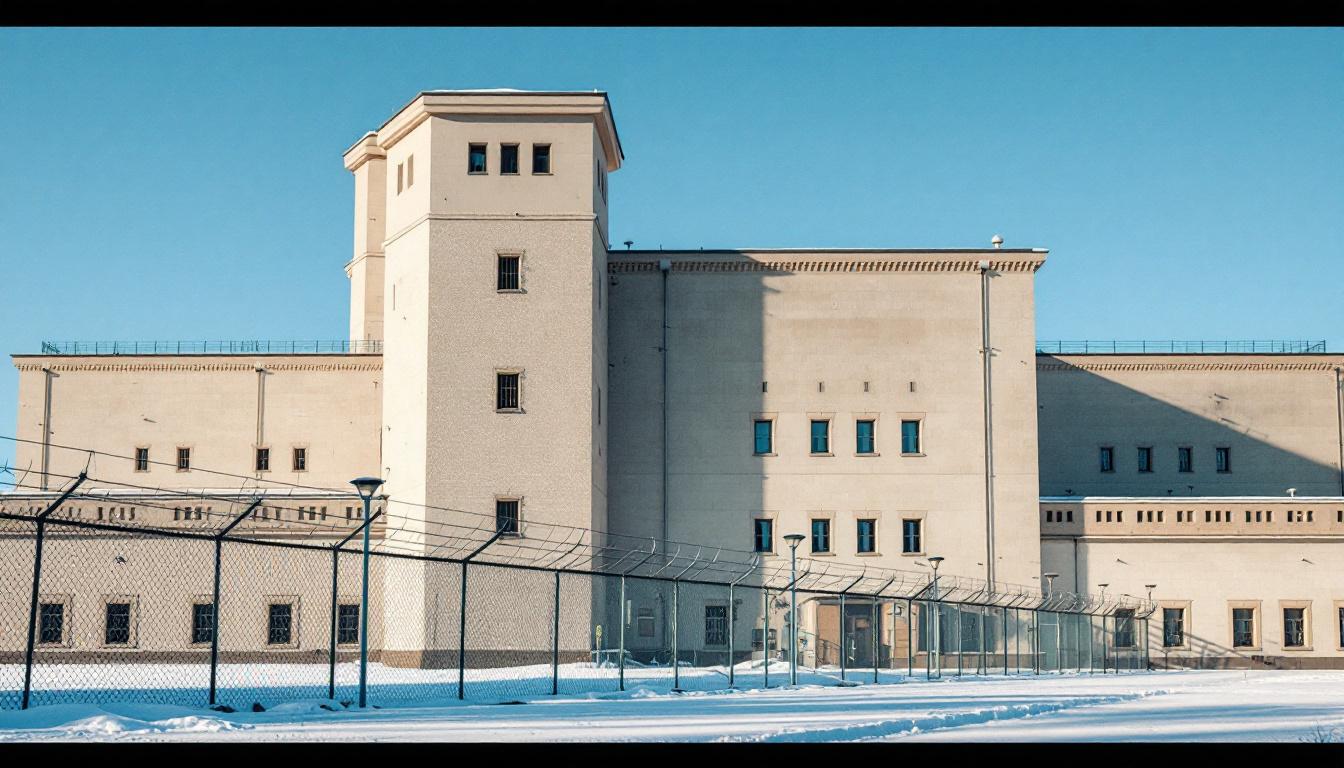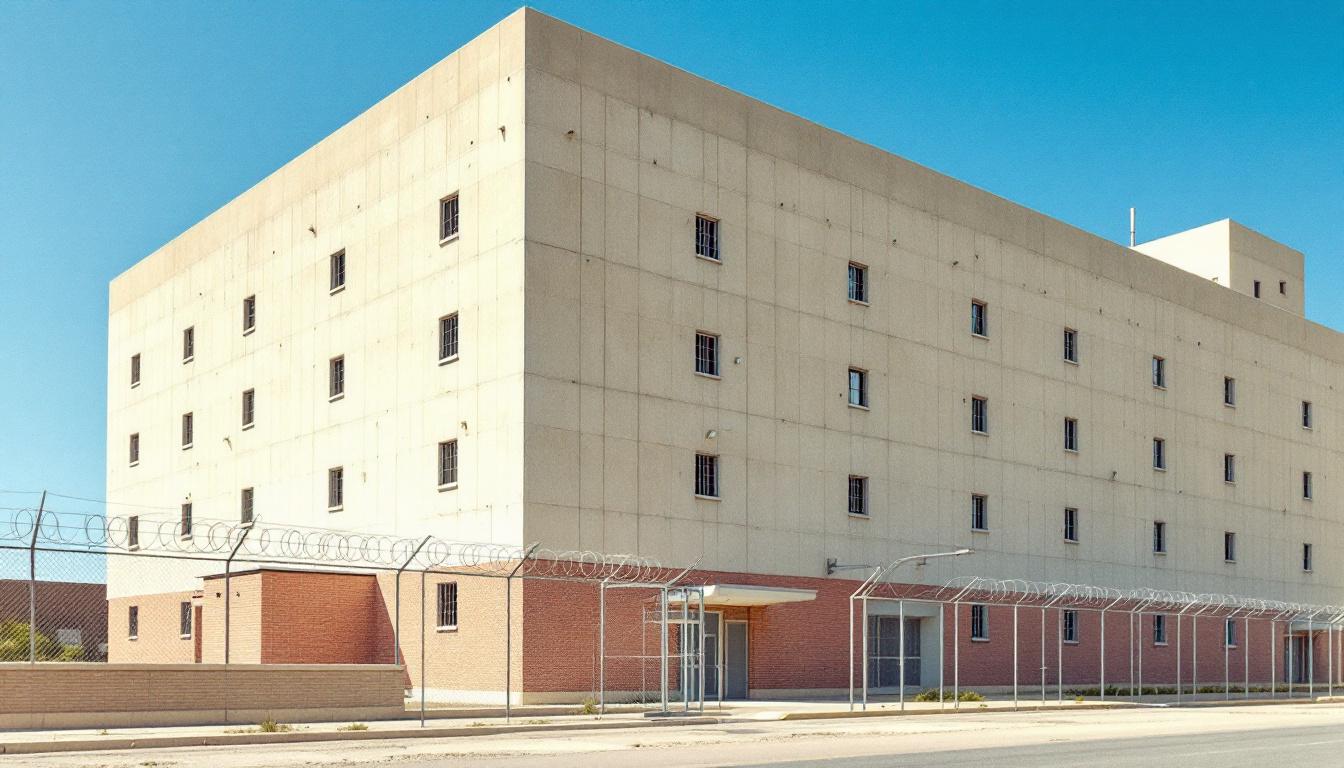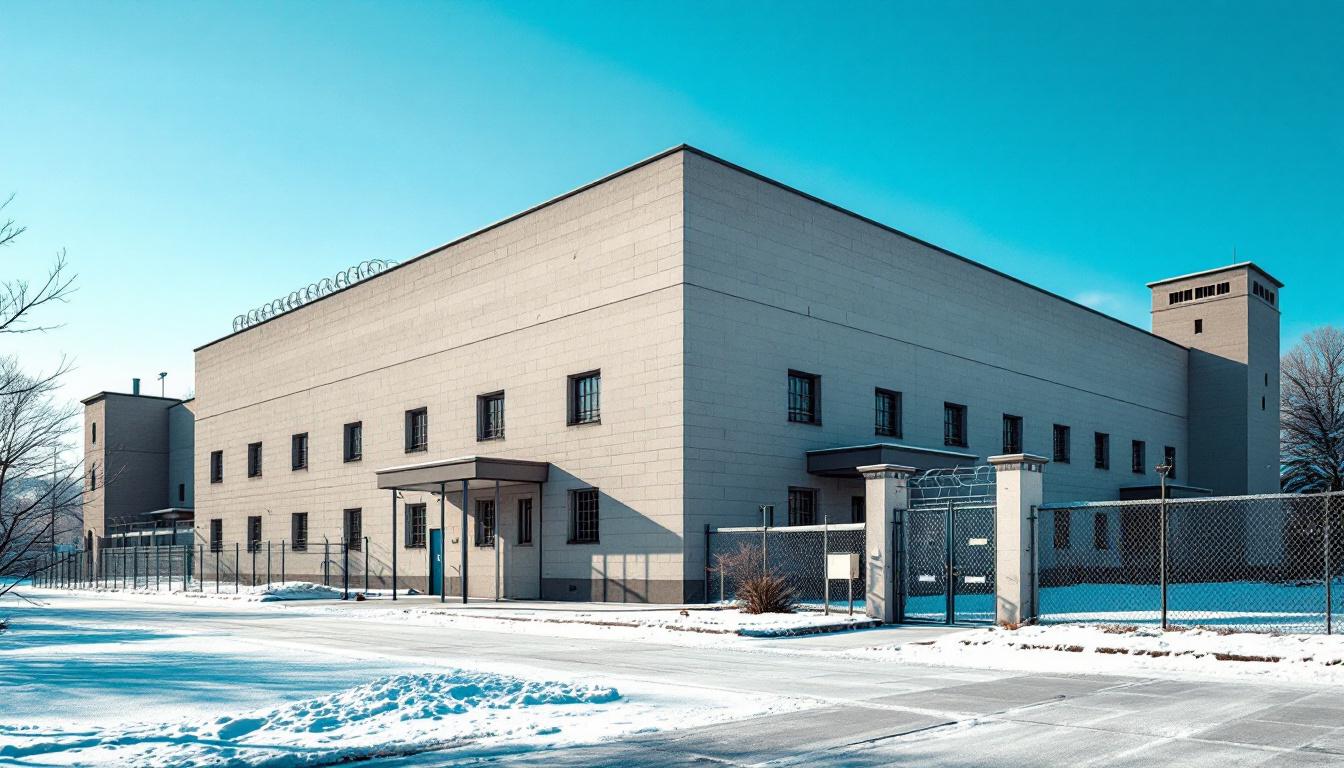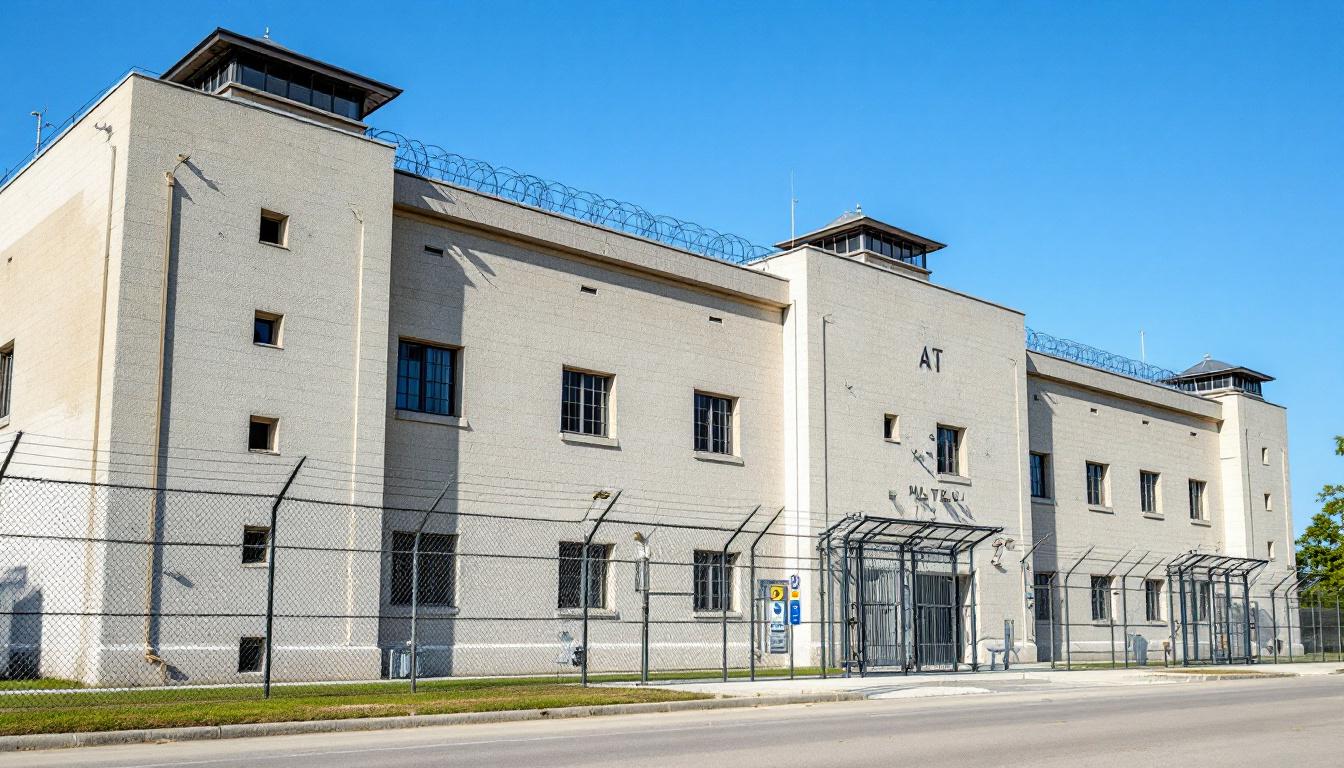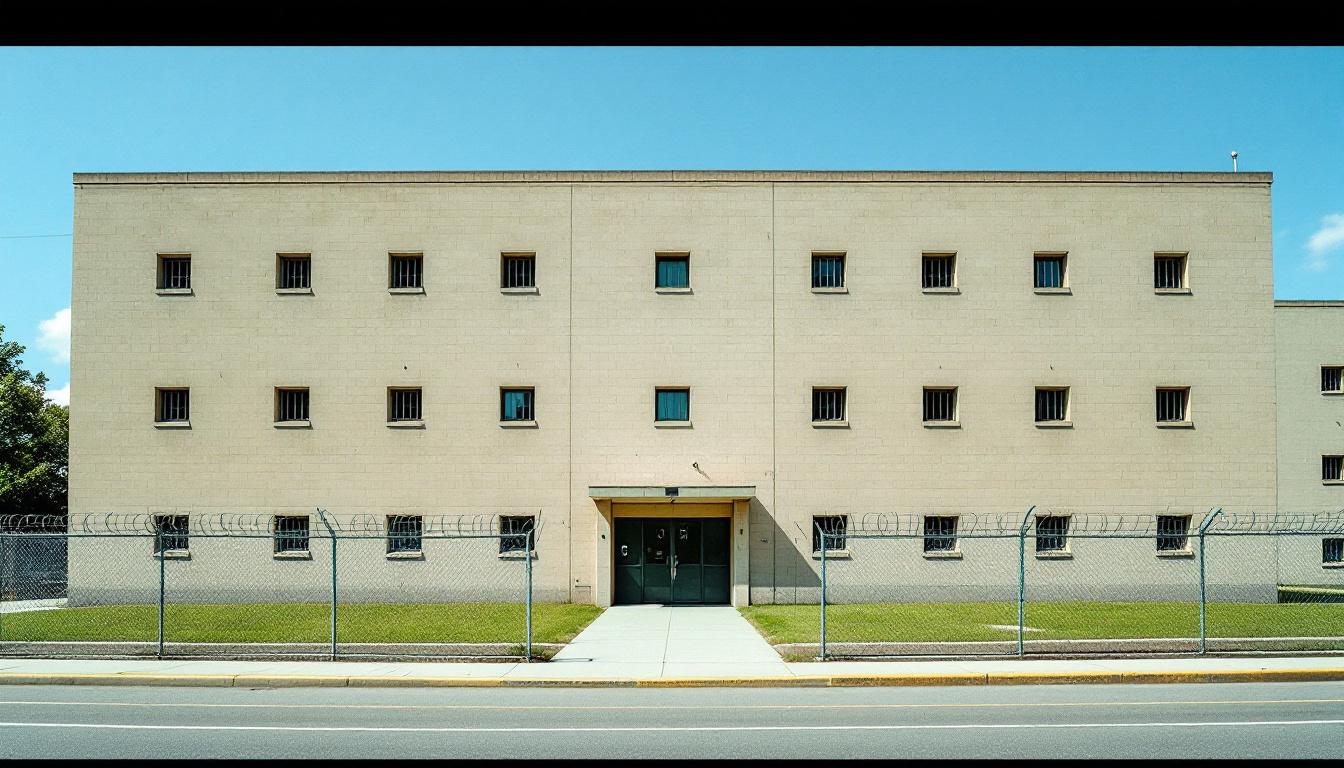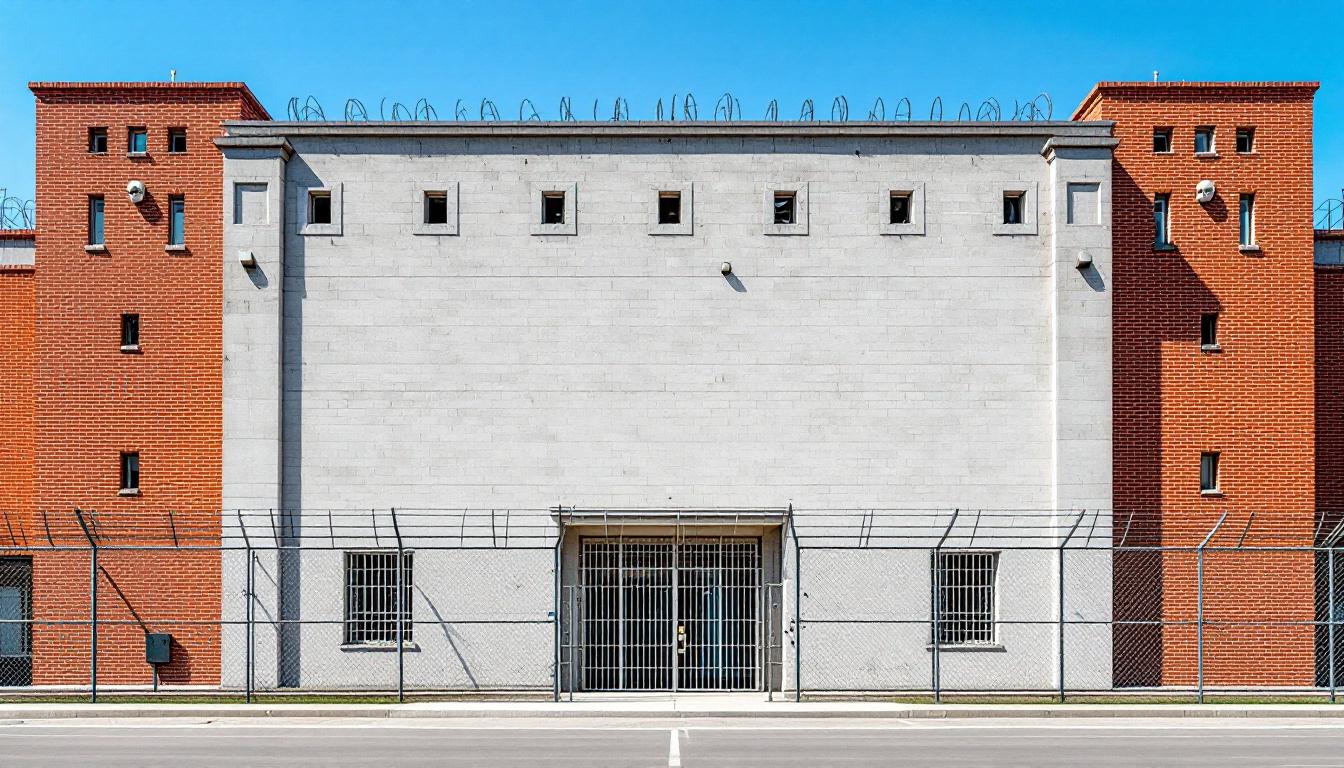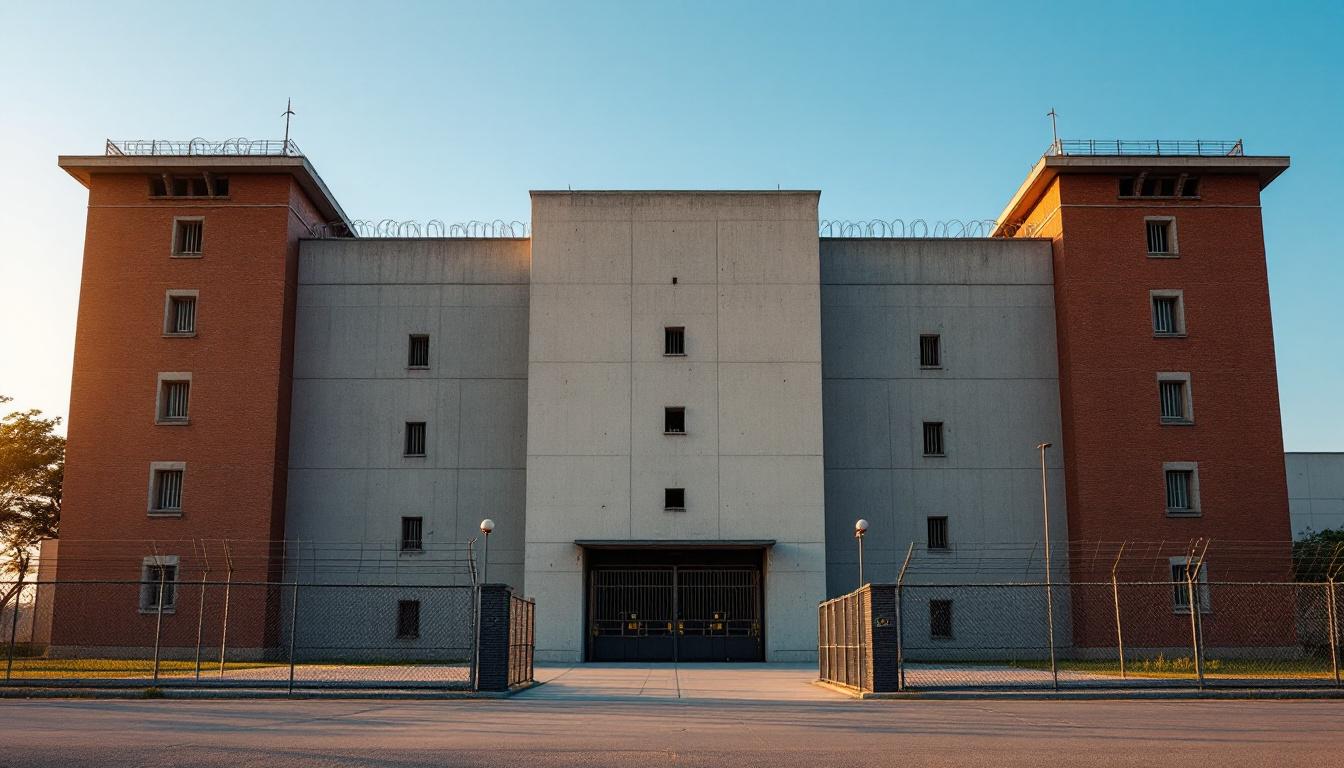
Quick Navigation
How to contact an inmate at Arizona State Prison Complex
This comprehensive guide will walk you through how to connect with an inmate at Arizona State Prison Complex. Follow the steps below to find an inmate and send letters and photos:
- Search for the inmate using our search tool below
- Create your account or log in to Penmate
- Write your message (up to 6,000 characters)
- Send instantly - inmates receive printed copies daily
Find an Inmate
Search for an inmate to start communicating today
Tip: You can search by first name, last name, or inmate ID number
To contact a person at Arizona State Prison Complex start by searching for the person on the facility website. Perform a search by following these steps:
- Step 1: Enter their first name and last name into the search form and click "Search"
- Step 2: Locate their inmate record
- Step 3: Write down their Inmate ID and any housing information provided
Important! Be sure to enter the person's full name. Nicknames should not be used.
How to Send Messages to Inmates

You can use your phone or computer to send emails, letters, and photos to an inmate. Messages are sent electronically to inmate tablets or kiosks at the facility. If you would like to send a message, start by searching for an inmate at Arizona State Prison Complex.
Sending Photos and Postcards

A great way to send love and support to a loved one at Arizona State Prison Complex is to send photos and postcards. It only takes a few minutes to send photos from your phone and it makes a huge difference. You can also mail postcards with words of support and inspiration, or design your own postcard for special moments like birthdays and holidays.
Important! Be sure not to send any explicit photos or they may not be approved by the facility. You can also use a photo printing app like Penmate to make sure your photos are printed at the correct size (4x6 or 3x5) and are mailed according to the rules and regulations of Arizona State Prison Complex.
Frequently asked questions about Arizona State Prison Complex
-
How long does it take to deliver a message?
If you're sending an email message your letter is usually delivered within 24-48 hours. For messages sent via mail you should expect delivery within 3-7 days. All messages will need be approved by Arizona State Prison Complex.
-
How much does it cost to send a message to Arizona State Prison Complex?
You can send a message free using your phone or mail a message via USPS for the price of a $0.60 stamp and envelope. You can also purchase credits or e-stamps from services starting at $1.99.
-
What services can I use to contact an inmate at Arizona State Prison Complex?
Penmate
You can use Penmate to send letters and photos to an inmate from your phone. It's an easy way to stay in touch during your loved one's incarceration. Use the inmate locator to find an inmate's location and contact information, then you can send messages within a few minutes.
Securus messaging
Securus may be another option for communicating with an inmate at Arizona State Prison Complex. You can create a friends and family account and purchase credits to send messages. All messages will be reviewed and must be approved by the facility.
JPay
Some county jails and state prisons may support sending messages with JPay. You must register an account with the system, find your loved one, and purchase stamps to send messages. For some locations you can also attach photos.
Smart Jail Mail
You may also check if Smart Jail Mail is available at Arizona State Prison Complex. Smart Jail Mail is operated by Smart Communications and has contracted with some state and county jails. After purchasing credits, your messages and photos are sent to the facility, printed out, and then handed out to your loved one.
-
What is the mailing address of Arizona State Prison Complex?
Mailing address:
Arizona State Prison Complex
7125 E Cesar Chavez Blvd
San Luis, AZ 85349
Phone: (928) 627-8871Business hours:
- Monday: 8:00 AM – 4:00 PM
- Tuesday: 8:00 AM – 4:00 PM
- Wednesday: 8:00 AM – 4:00 PM
- Thursday: 8:00 AM – 4:00 PM
- Friday: 8:00 AM – 4:00 PM
- Saturday: 8:00 AM – 4:00 PM
- Sunday: 8:00 AM – 4:00 PM
-
What are the visiting hours at Arizona State Prison Complex?
Visiting hours at Arizona State Prison Complex vary by housing unit and security level. Generally, visits are scheduled on weekends and holidays, with some facilities offering weekday visits. Contact the facility directly at (928) 627-8871 or check their website for the current visiting schedule. Visits typically last 30-60 minutes and must be scheduled in advance.
-
What items are prohibited when sending mail to Arizona State Prison Complex?
Prohibited items typically include: cash, personal checks, stamps, stickers, glitter, glue, tape, staples, paperclips, polaroid photos, musical or blank greeting cards, hardcover books, magazines with staples, and any items containing metal or electronics. Only send letters on plain white paper with blue or black ink. Photos must be printed on regular photo paper (no Polaroids). Always check with Arizona State Prison Complex for their specific mail policies.
-
How do I send money to an inmate at Arizona State Prison Complex?
You can send money to an inmate at Arizona State Prison Complex through several methods: 1) Online using JPay, Access Corrections, or the facility's approved vendor, 2) Money orders mailed directly to the facility with the inmate's name and ID number, 3) Kiosks located in the facility lobby, or 4) Over the phone using a credit or debit card. Fees vary by method, typically ranging from $2.95 to $11.95 per transaction.
-
Can I schedule a video visit with an inmate at Arizona State Prison Complex?
Many facilities now offer video visitation as an alternative to in-person visits. At Arizona State Prison Complex, video visits may be available through services like Penmate, Securus Video Connect, GTL, or ICSolutions. Video visits typically cost $10-20 for 20-30 minutes and must be scheduled in advance. You'll need a computer or smartphone with a camera and reliable internet connection. Contact the facility for their specific video visitation policies and approved vendors.
-
What identification do I need to visit an inmate at Arizona State Prison Complex?
All visitors must present valid government-issued photo identification such as a driver's license, state ID, passport, or military ID. Minors must be accompanied by a parent or legal guardian who can provide the minor's birth certificate. Some facilities require visitors to be on the inmate's approved visitation list, which may require a background check. Contact Arizona State Prison Complex for specific ID requirements and visitor approval procedures.
-
How can I find out an inmate's release date?
To find an inmate's release date at Arizona State Prison Complex, you can: 1) Use the online inmate search tool if available, 2) Call the facility's records department, 3) Contact the inmate's case manager or counselor, or 4) Have the inmate provide this information during a call or visit. For privacy reasons, some facilities only release this information to immediate family members.
Facility Overview
Contact Information
Arizona State Prison Complex7125 E Cesar Chavez Blvd
San Luis, AZ 85349
Phone: (928) 627-8871
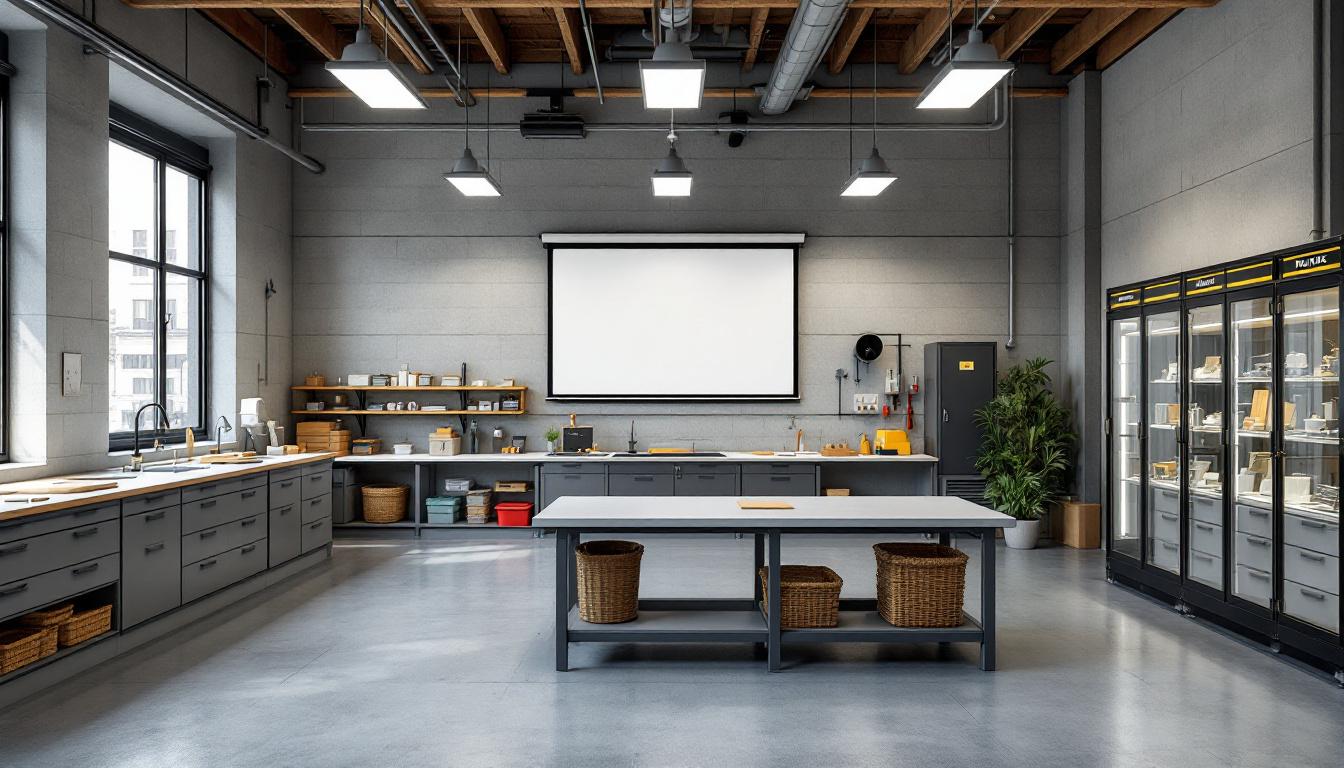
About Arizona State Prison Complex
Educational programs, vocational training opportunities, and comprehensive support services form the foundation of rehabilitation efforts at ASPC Yuma/Cibola Unit, an AZ correctional facility that has served the San Luis community and surrounding mountain region for decades. Located in the border community of San Luis, Arizona, this correctional facility operates within a landscape shaped by both desert terrain and cross-cultural influences, providing individuals services designed to address the diverse needs of its population. The facility’s development reflected Arizona’s broader correctional evolution during periods of significant growth, when mountain region communities like San Luis required expanded infrastructure to support state-wide incarceration needs.
Programs typically emphasize practical skill development and educational advancement, with offerings that may include literacy courses, substance abuse counseling, and work-readiness preparation designed to improve post-release outcomes. The facility generally maintains connections with local San Luis area employers and community organizations, fostering pathways that can support successful reintegration. Mental health services, medical care, and case management often complement these rehabilitative efforts, creating comprehensive support systems for individuals preparing to return to their families and communities. Through these coordinated approaches, ASPC Yuma/Cibola Unit contributes to the broader mission of reducing recidivism while serving as an integral component of Arizona’s correctional system in this comprehensive border region.
Programs & Services
The breadth of developmental opportunities at ASPC Yuma/Cibola Unit reflects a comprehensive approach to individual growth and successful community reintegration. This facility typically emphasizes a multi-faceted framework that addresses educational advancement, personal wellness, and practical skill development. Through carefully structured programming, individuals may access resources designed to build both foundational competencies and specialized abilities that support long-term stability and success.
Educational opportunities often form the cornerstone of personal development at the facility. Academic programs may include basic literacy instruction, high school equivalency preparation, and various vocational training initiatives that help individuals develop marketable skills. Moreover, special education services are typically available to ensure that all participants can access appropriate learning support based on their individual needs. These educational pathways often provide the foundation for meaningful employment and continued learning beyond incarceration.
Support services and therapeutic opportunities complement the educational framework through comprehensive wellness programming. Work programs and work release opportunities may offer practical experience while building employment readiness and financial responsibility. Additionally, substance abuse treatment services typically address underlying challenges that may have contributed to criminal behavior, providing individuals with tools for sustained recovery. These therapeutic interventions, combined with broader wellness programs, often create a supportive environment where participants can develop healthy coping strategies and build the personal resources necessary for successful community reentry.
Daily Life & Visitation
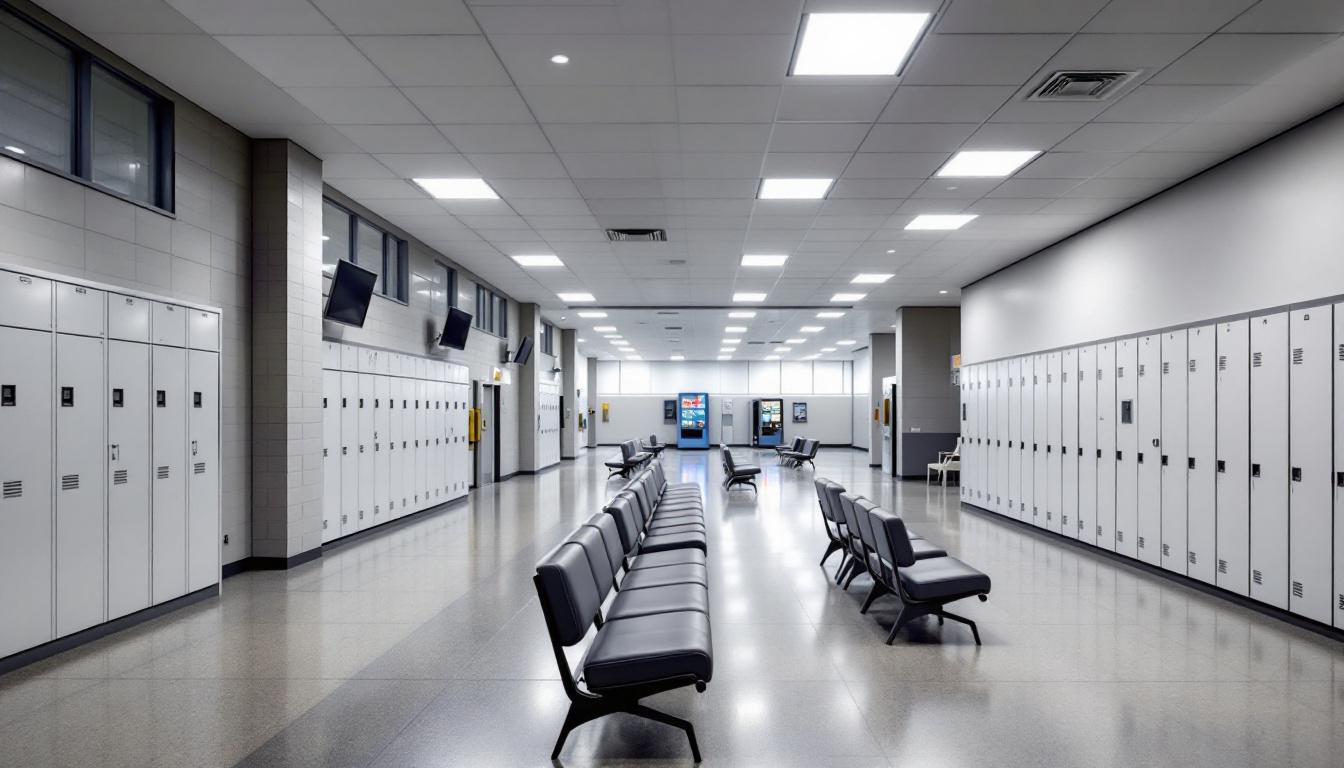
The sound of morning announcements typically marks the beginning of another structured day for individuals housed within the facility’s secure perimeter. At present, the daily routine revolves around a carefully organized schedule that actively balances security requirements with opportunities for personal development and rehabilitation. Wake-up calls generally occur in the early morning hours, followed by count procedures and preparation for the day ahead. Meals are served at designated times in communal dining areas, where individuals gather for breakfast, lunch, and dinner according to their housing unit assignments.
Living accommodations vary throughout the facility, with individuals typically housed in multi-person cells or dormitory-style units depending on their security classification and available space. Each housing area generally includes basic amenities such as beds, storage areas for personal belongings, and shared bathroom facilities. Moreover, individuals may purchase approved items from the commissary to supplement their basic necessities, including snacks, hygiene products, and writing materials. The facility usually maintains specific guidelines regarding personal property, allowing residents to keep a limited number of approved items in their living spaces.
Whereas the structured environment emphasizes security and routine, various programs actively offer opportunities for education, vocational training, and personal growth. Recreation periods typically include access to outdoor yards, gymnasium facilities, and organized activities that promote physical fitness and social interaction. Work assignments within the facility generally provide individuals with job skills and daily structure, ranging from kitchen duties to maintenance responsibilities. Family connections remain important through scheduled visitation periods and telephone privileges, which usually operate according to established guidelines and security protocols. These communication opportunities often serve as vital links to support systems outside the facility walls.
Ready to Connect?
Start communicating with your loved one today
Search for an Inmate
